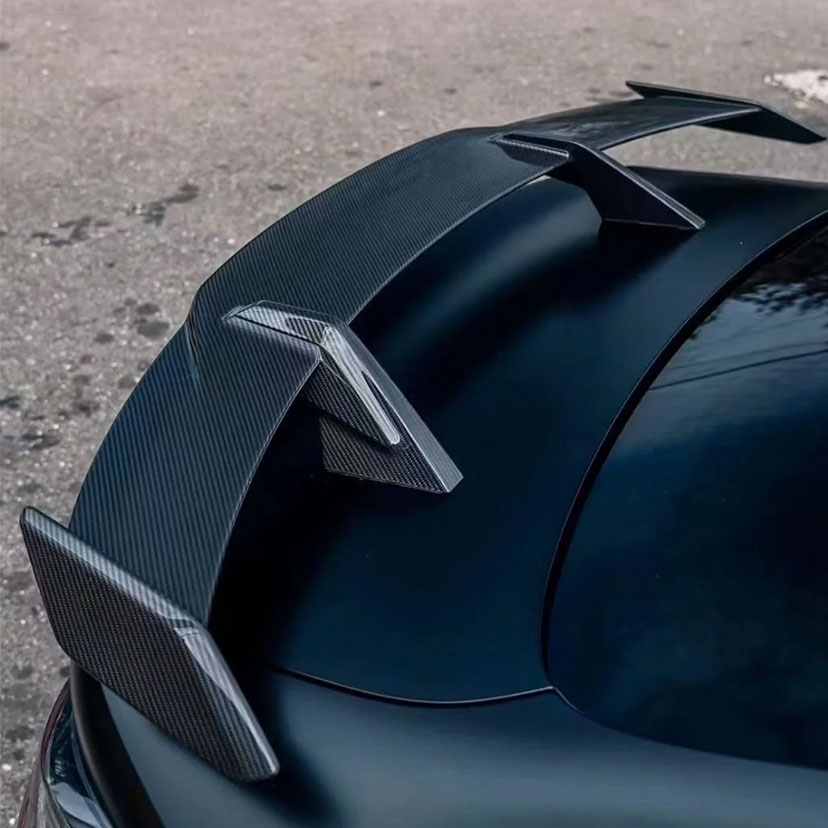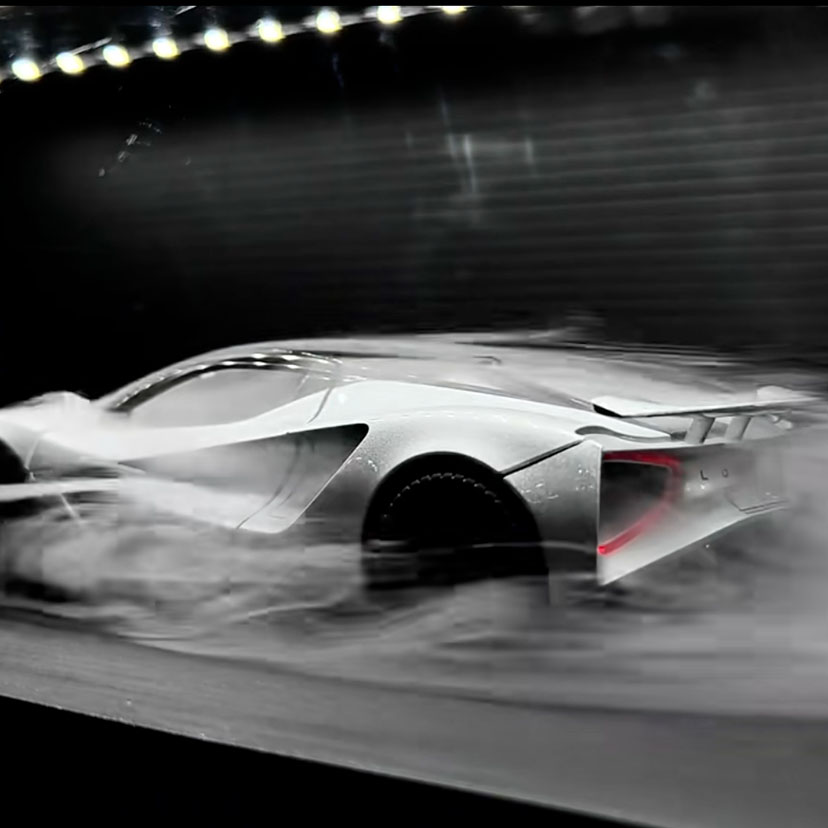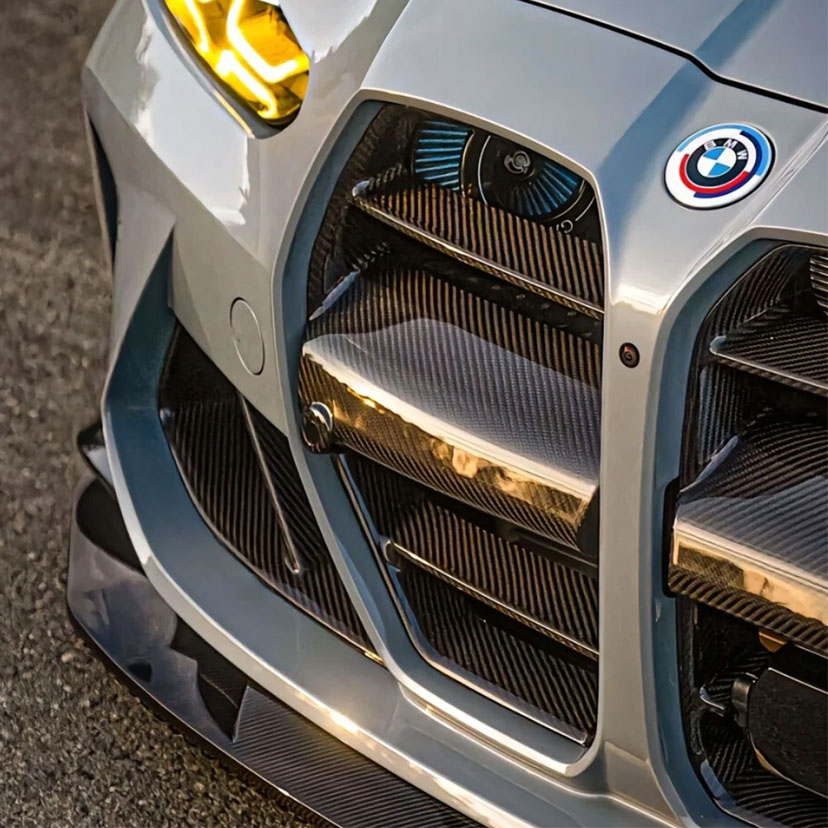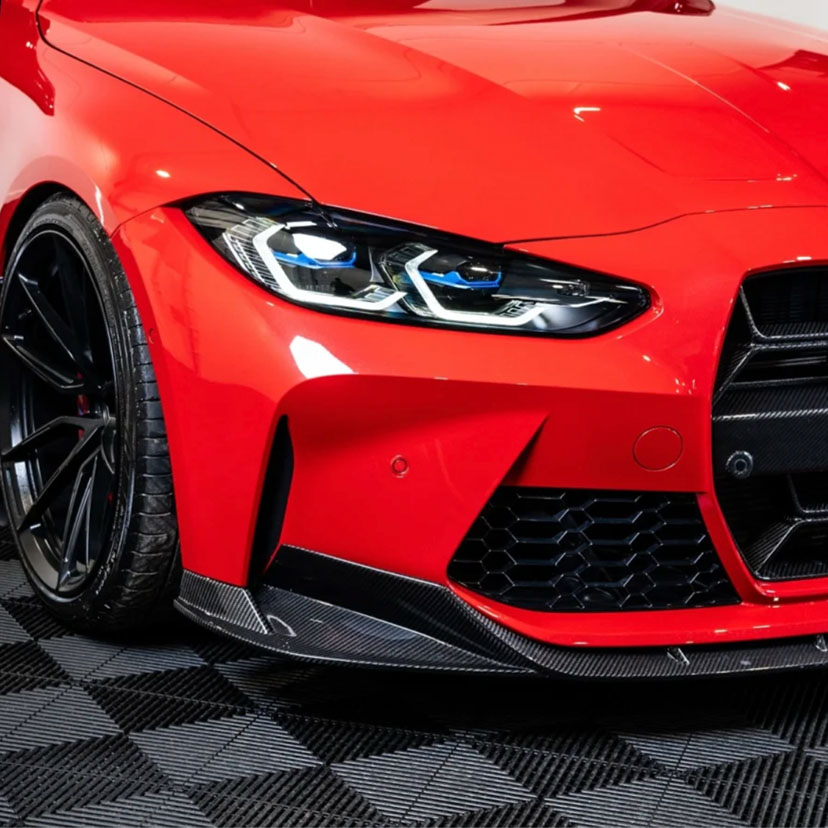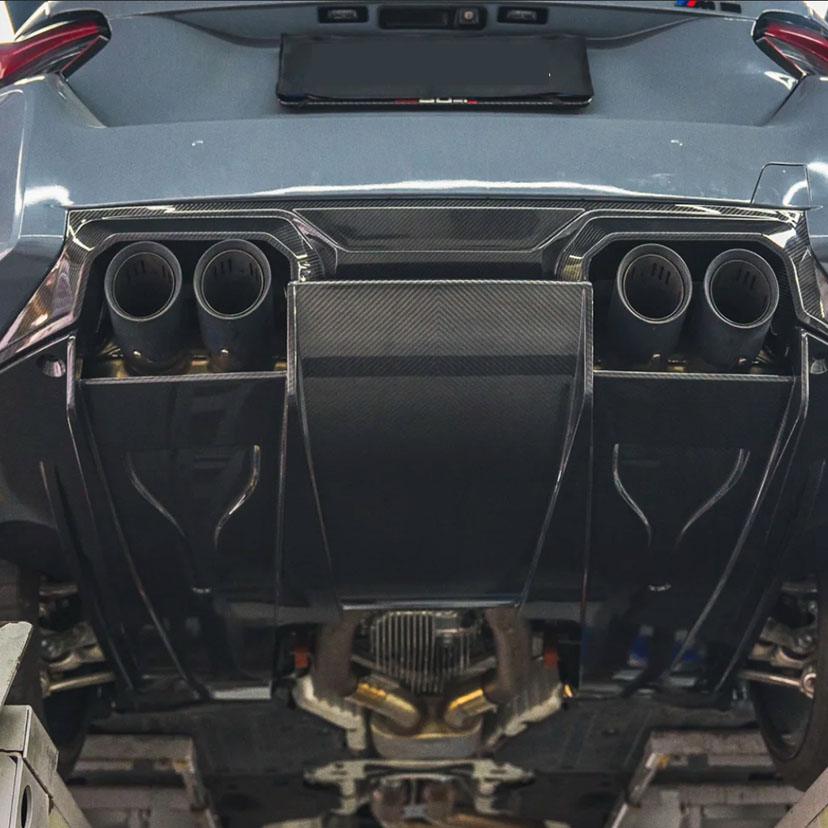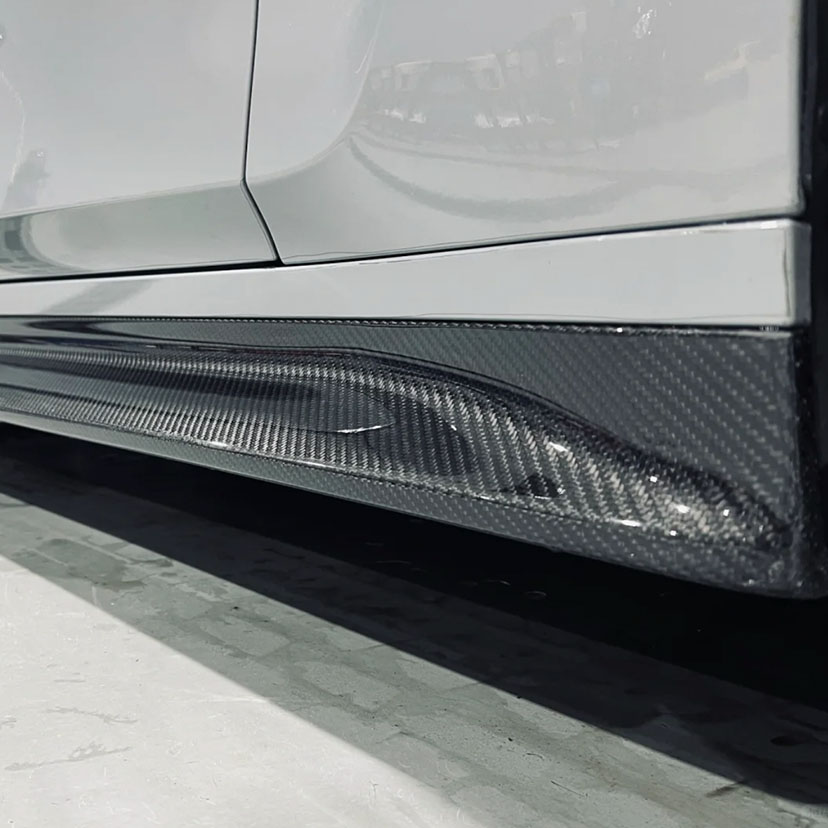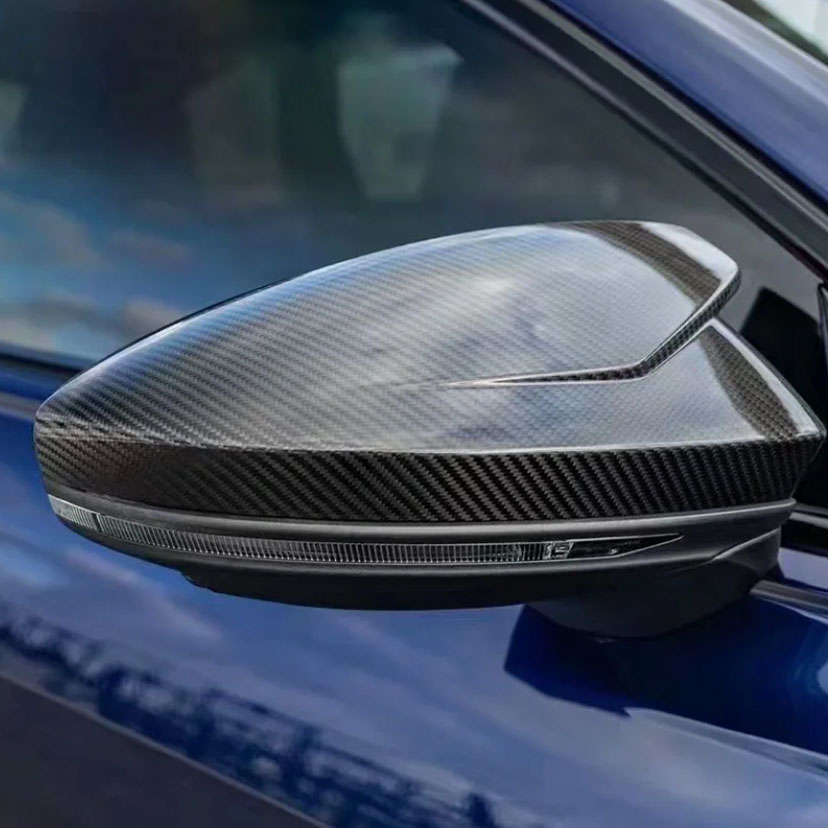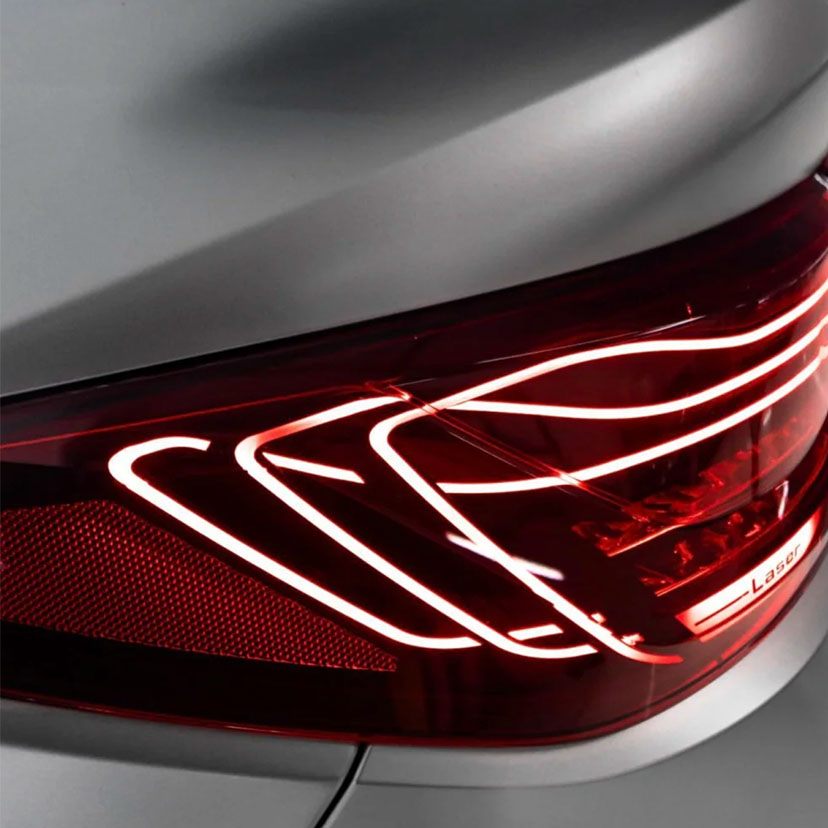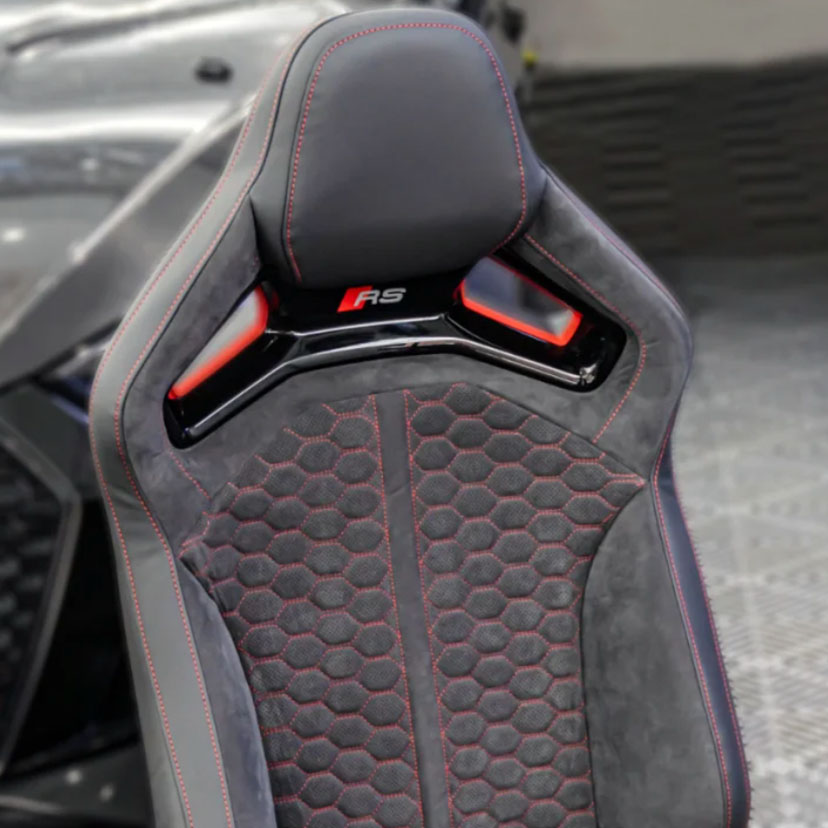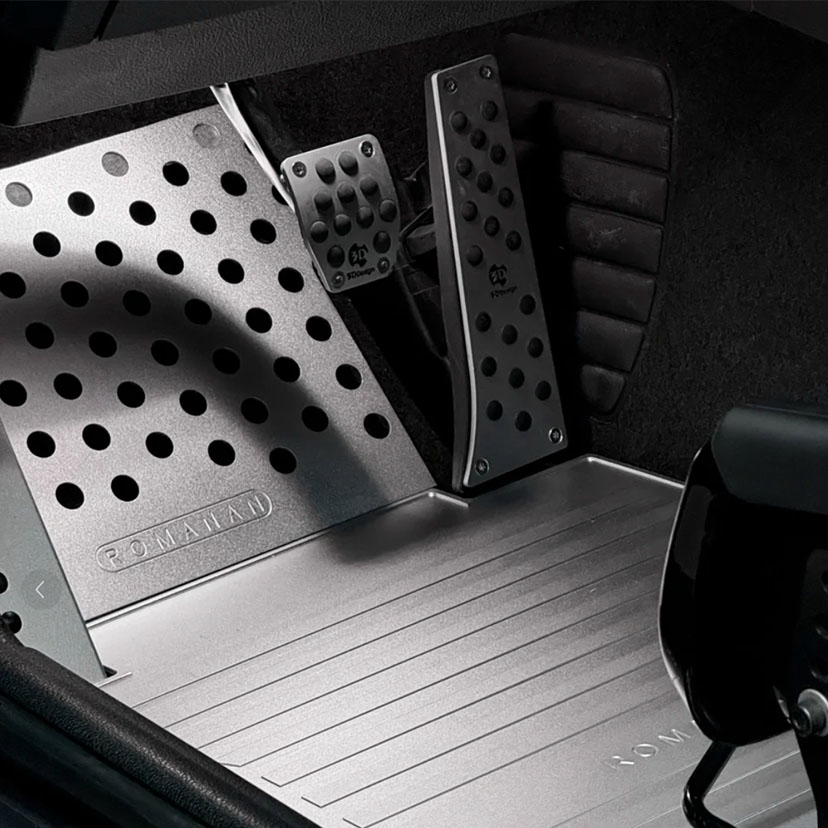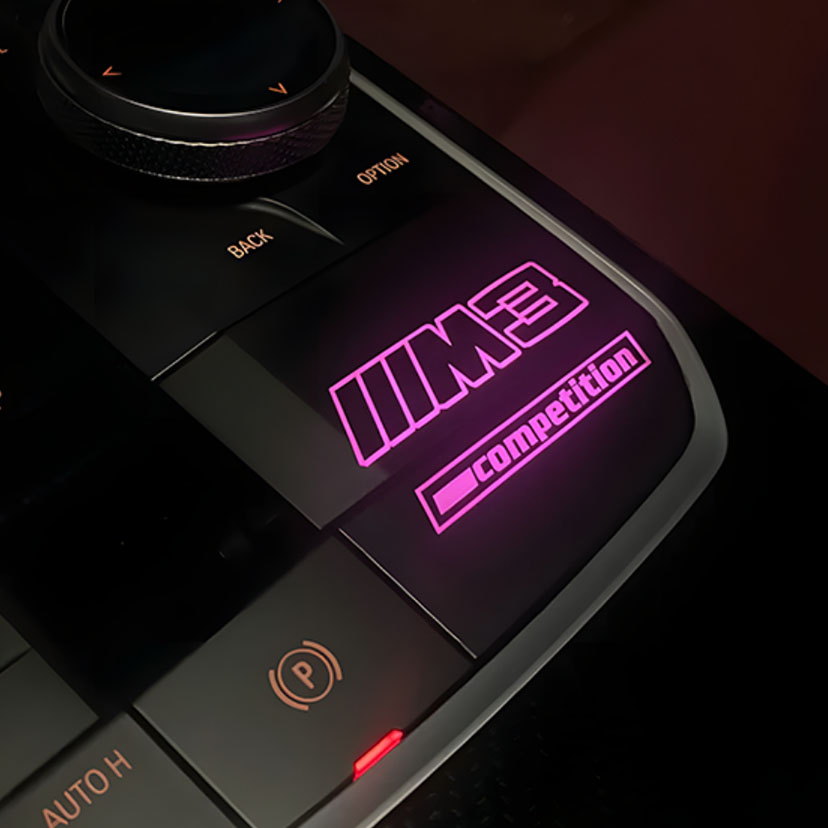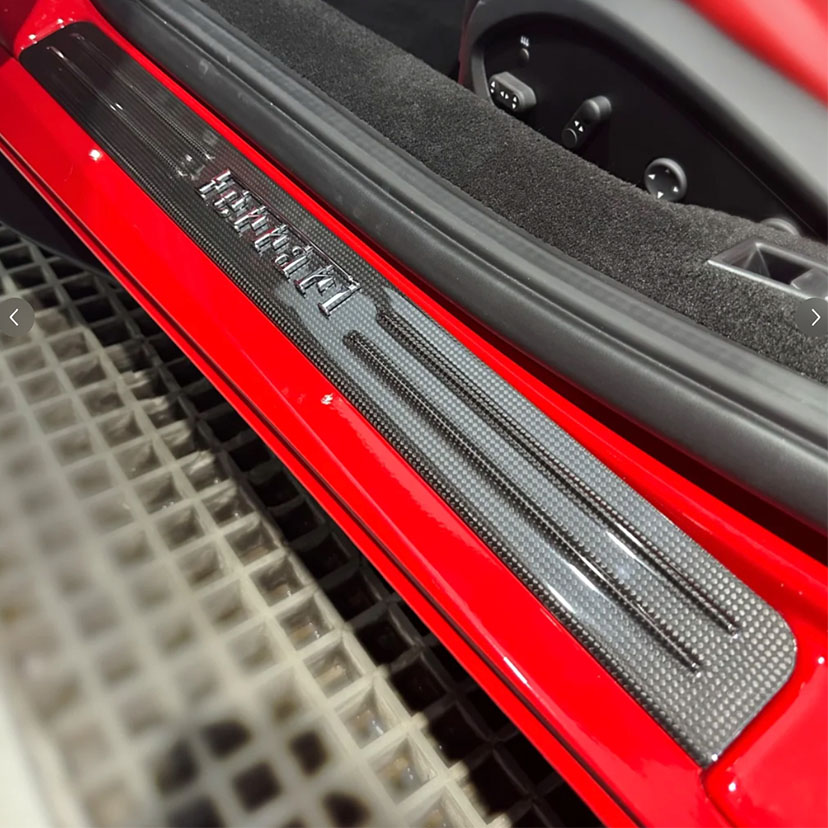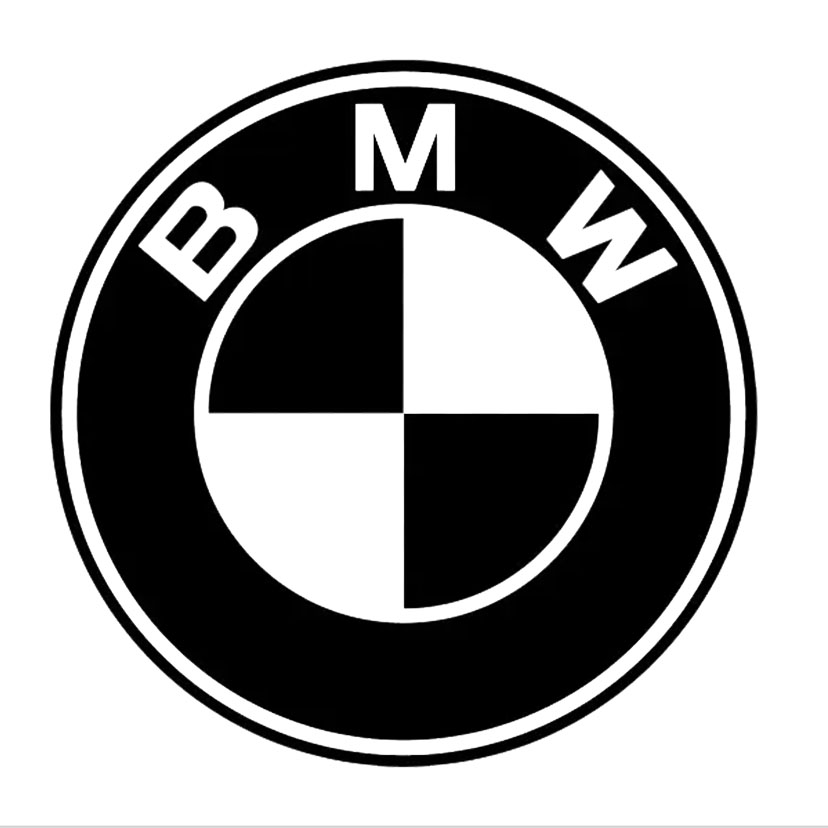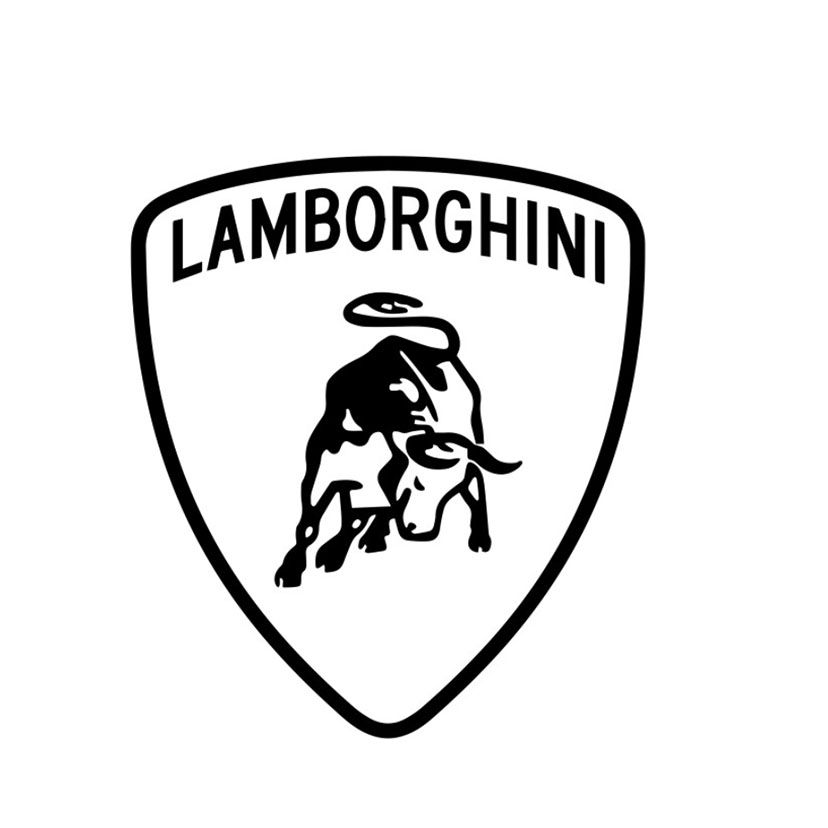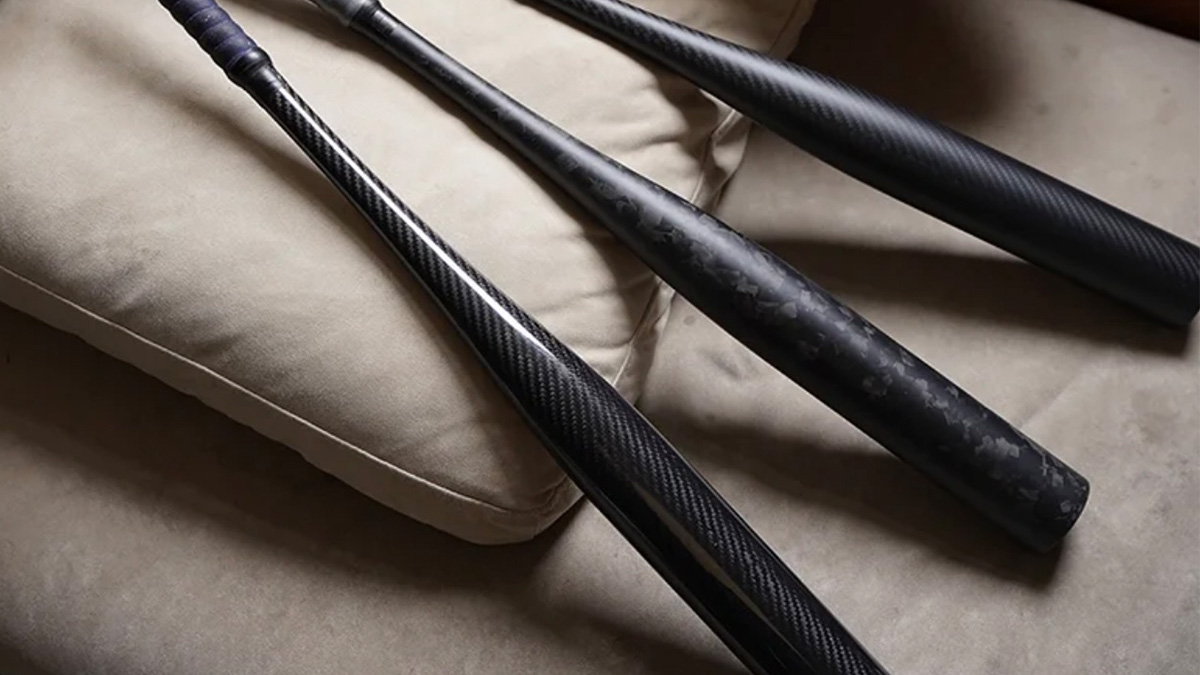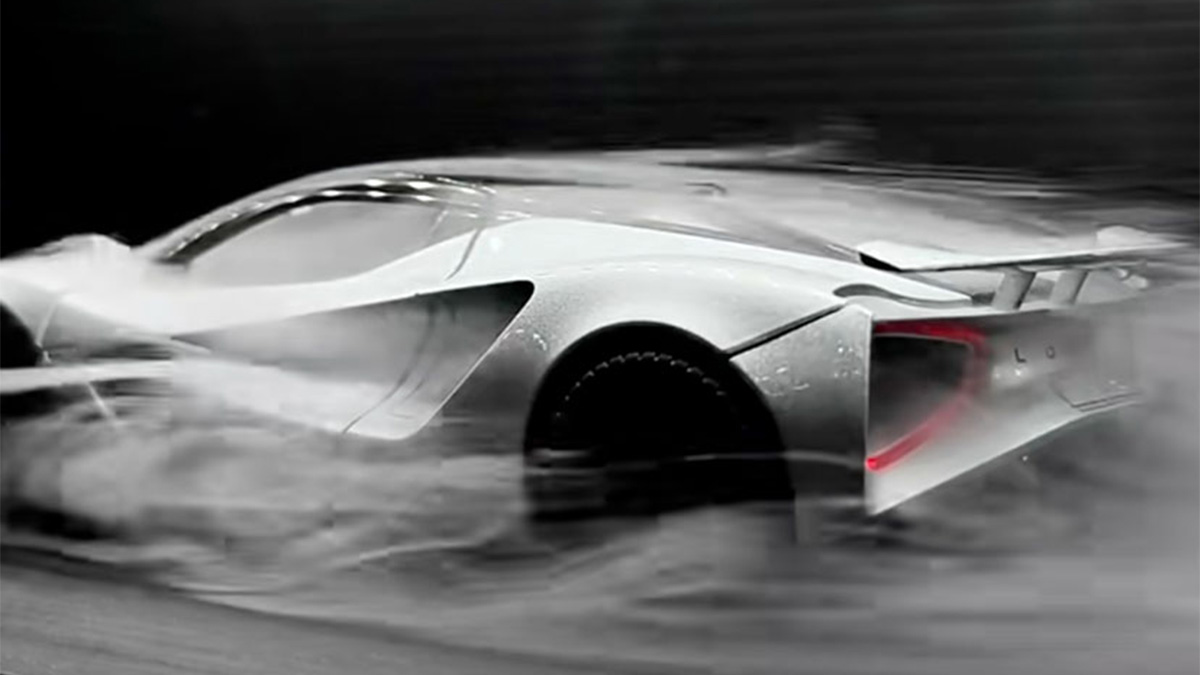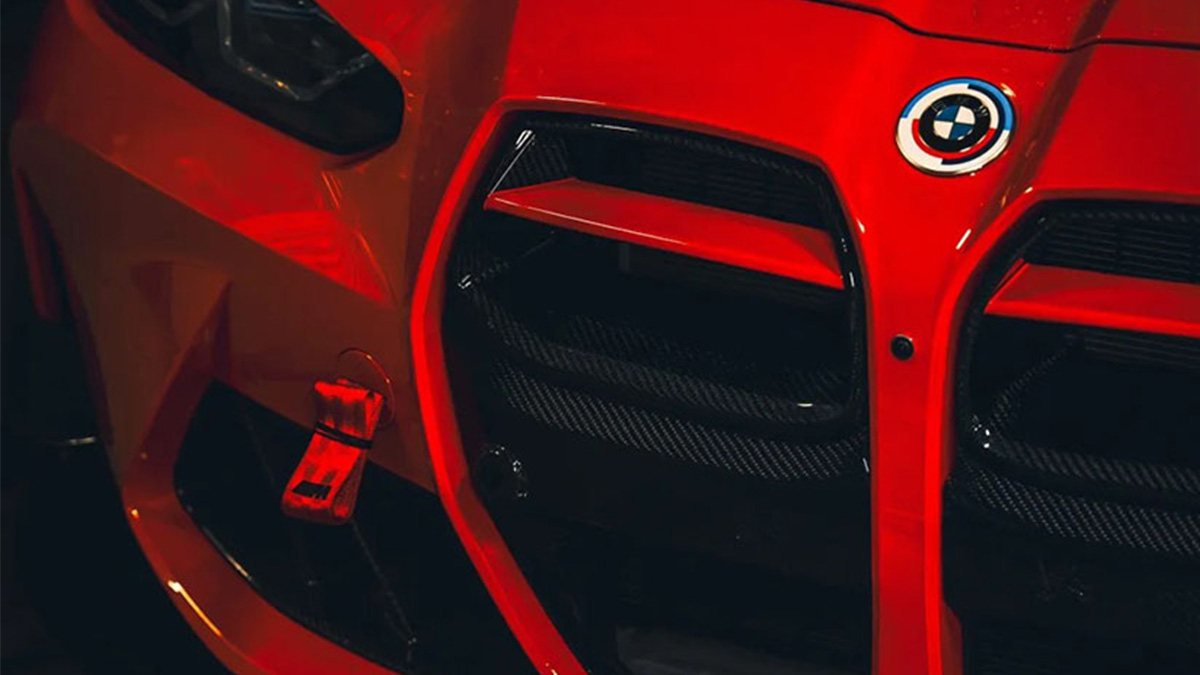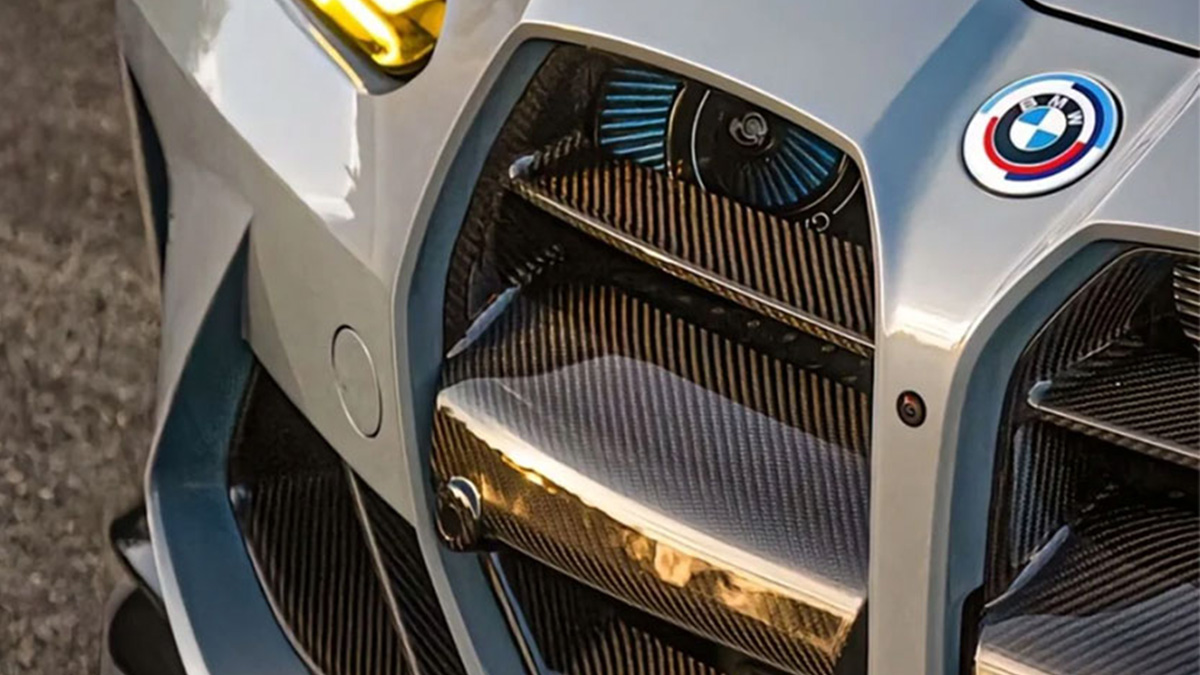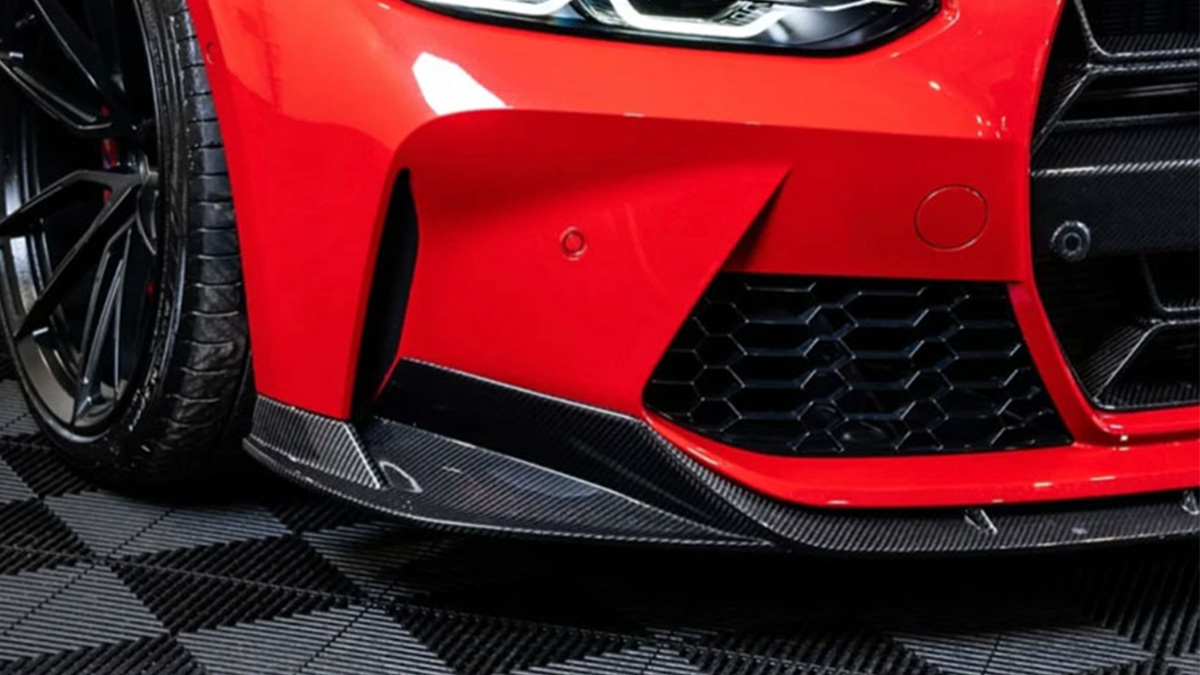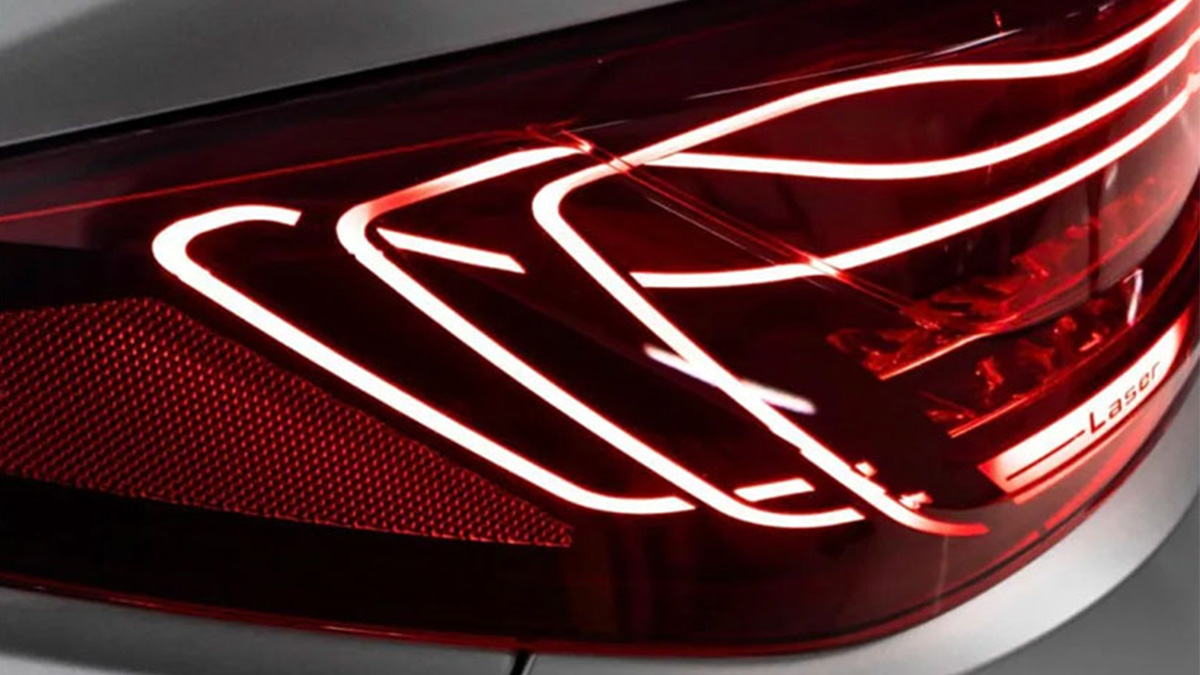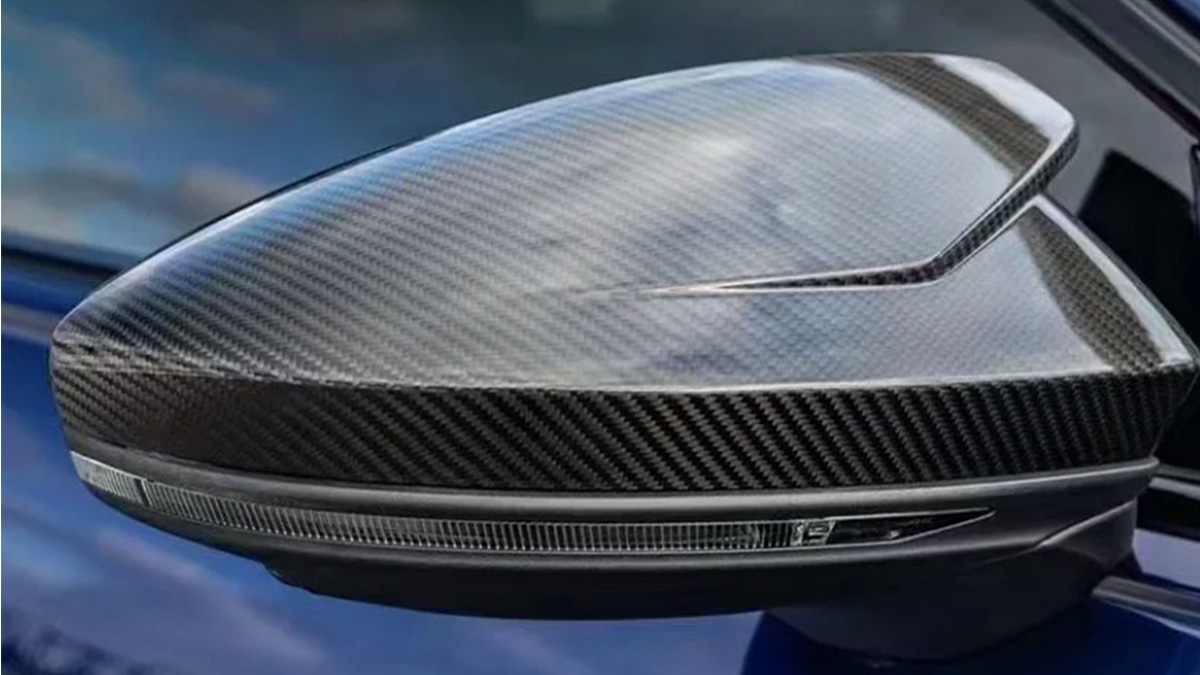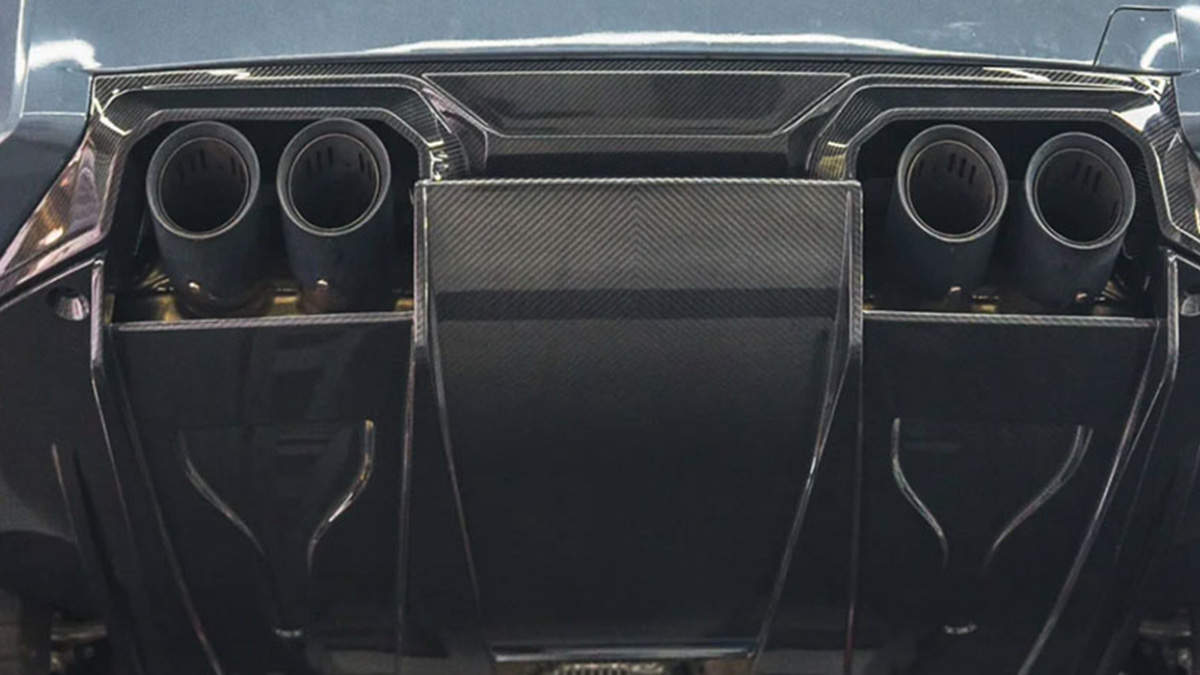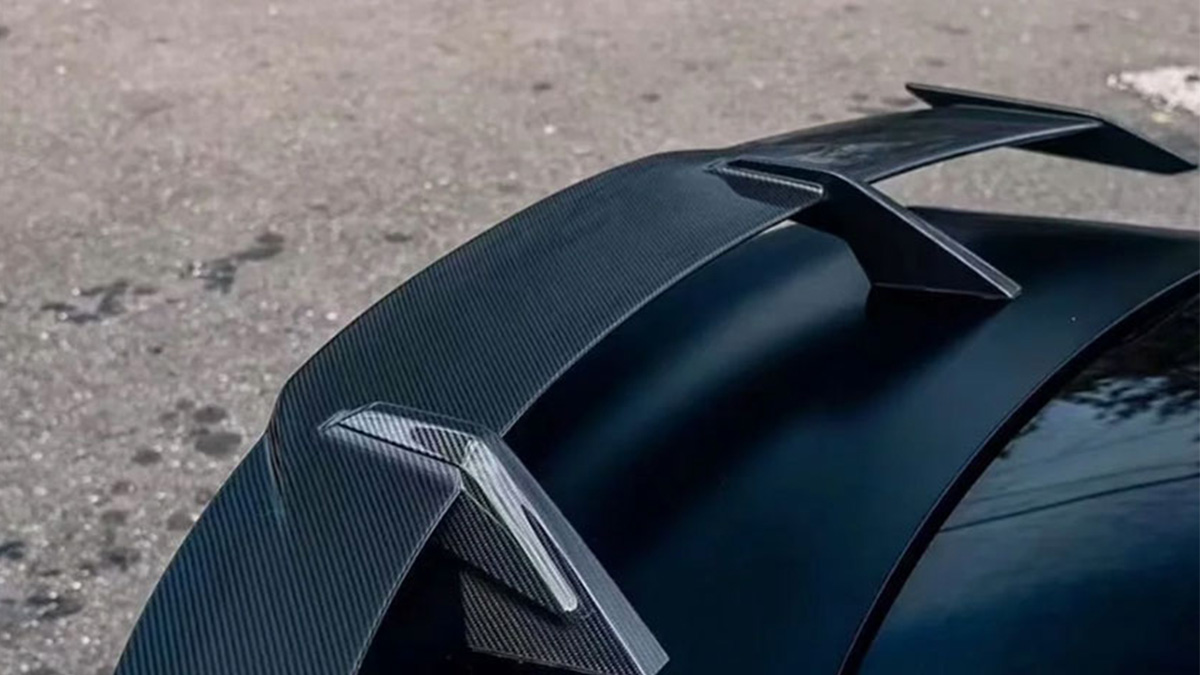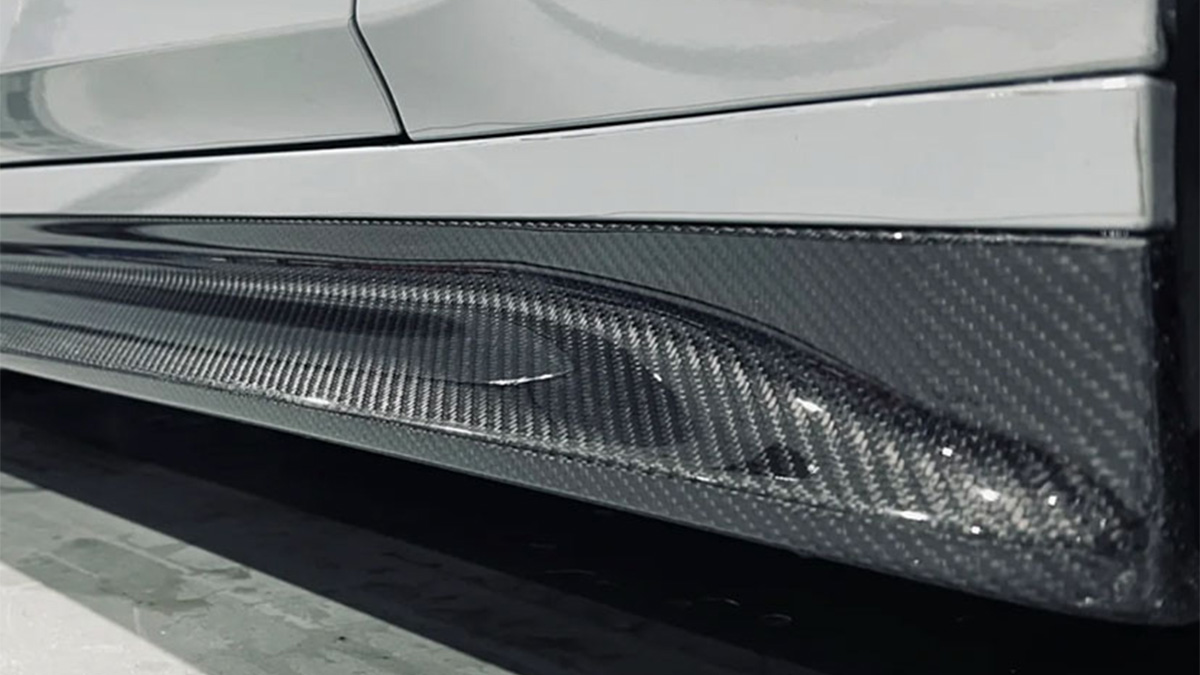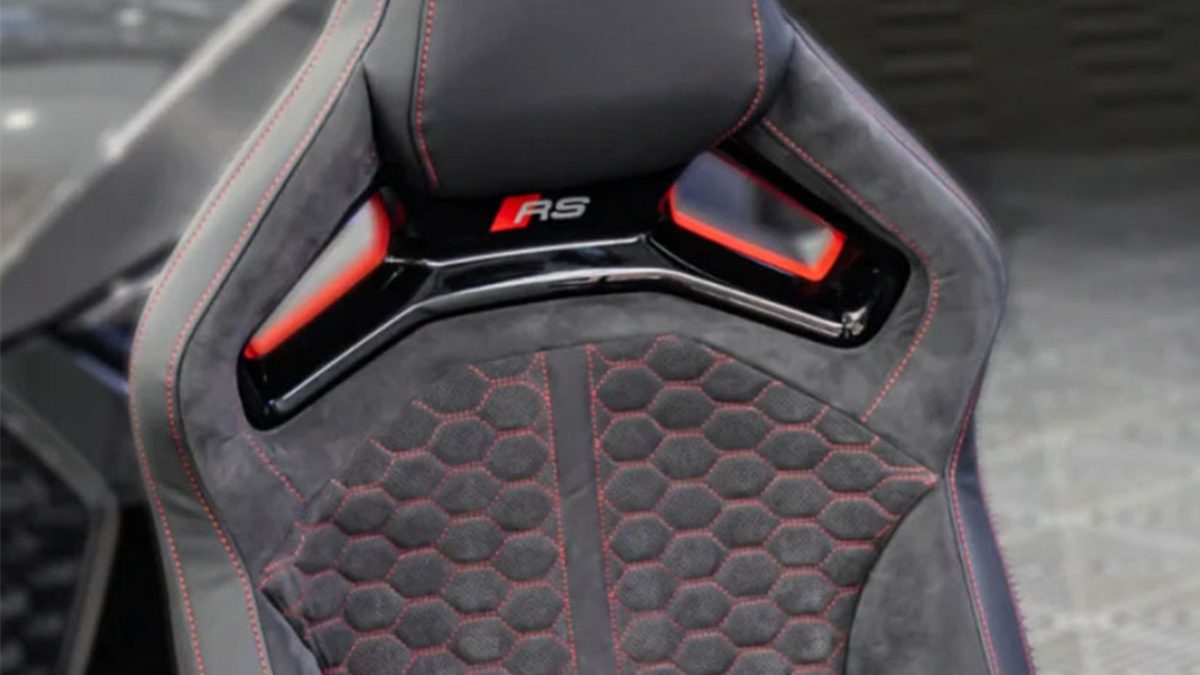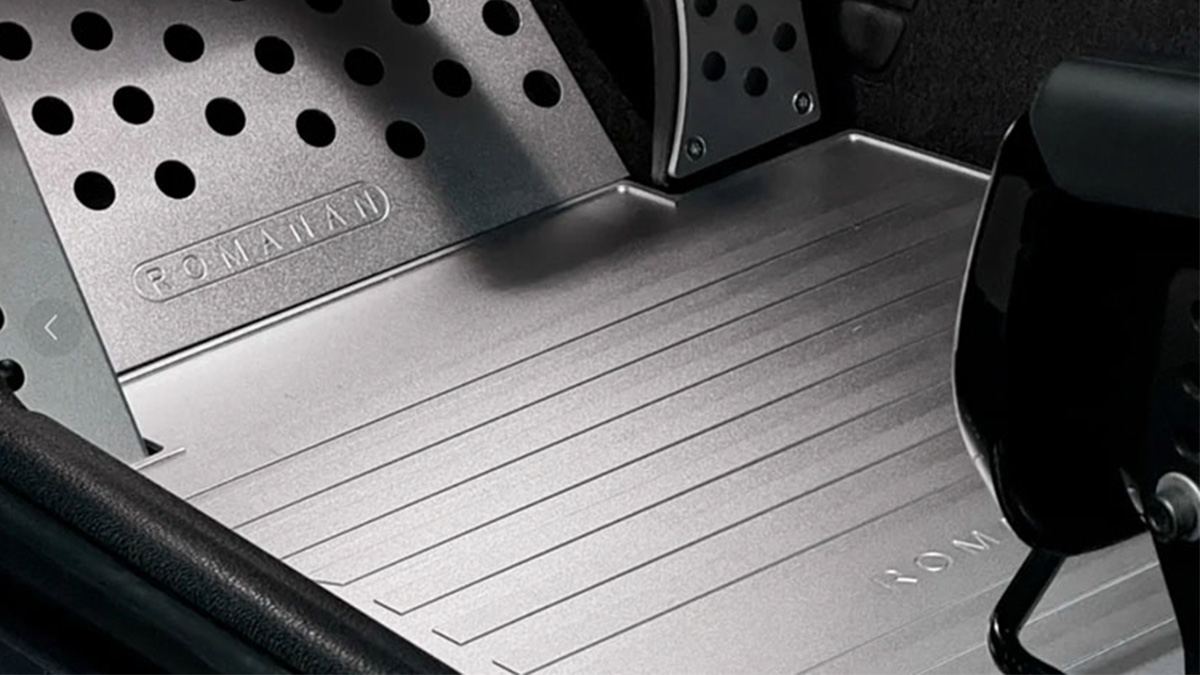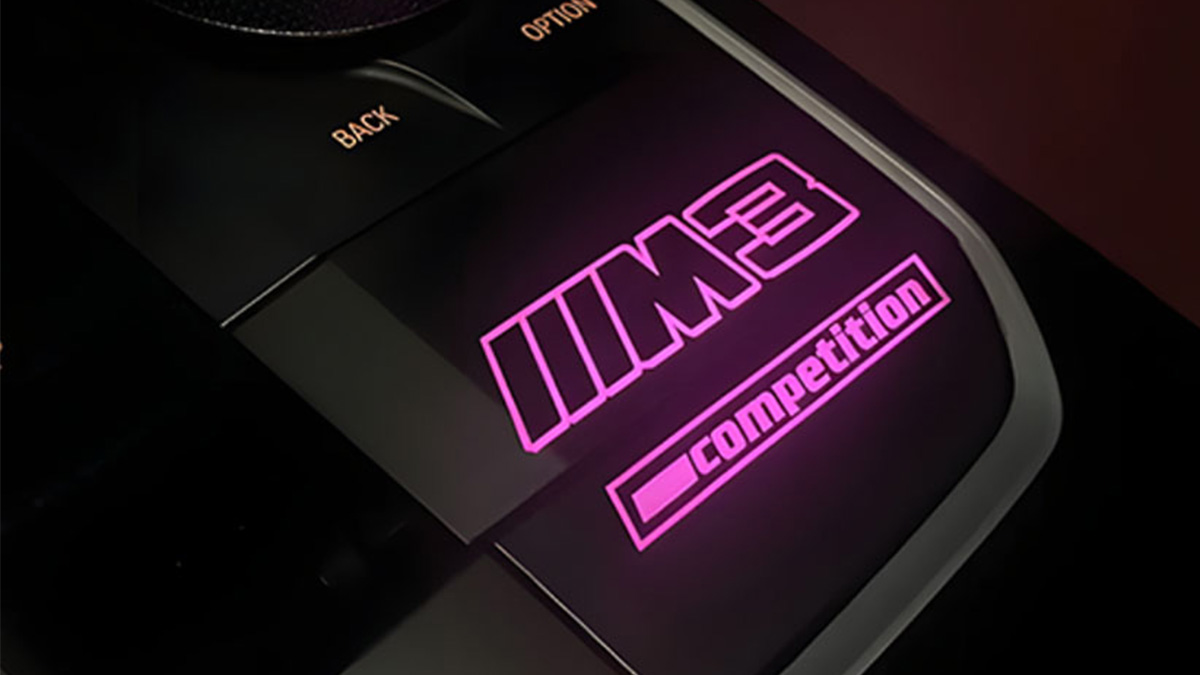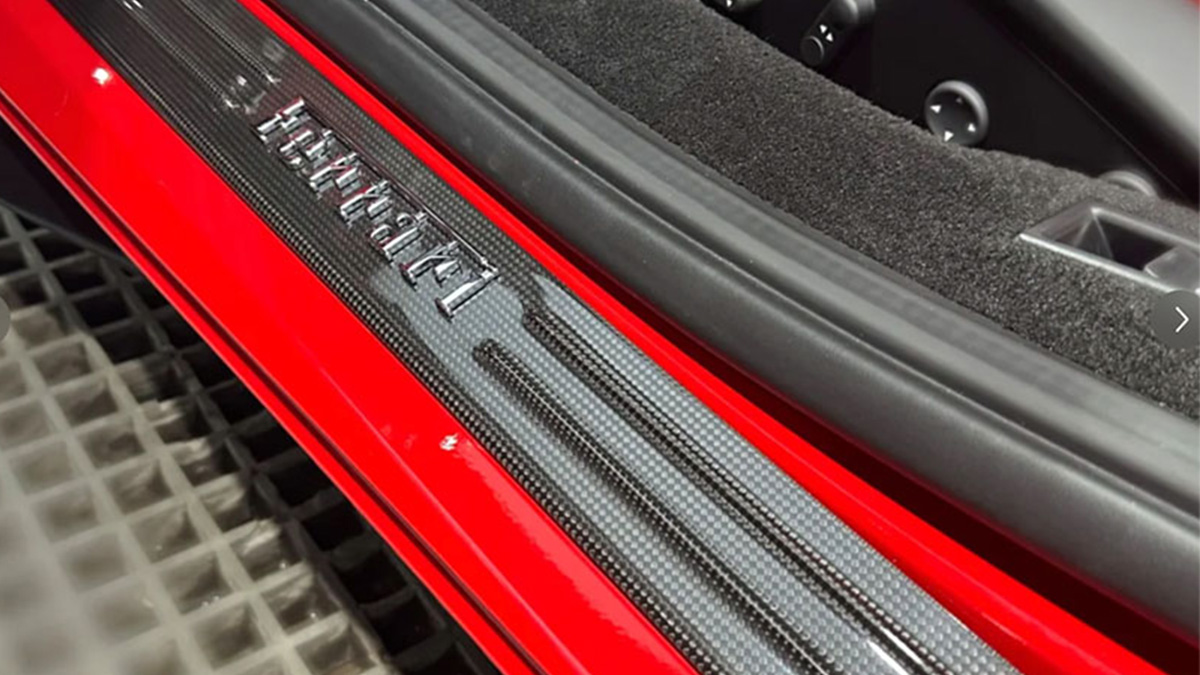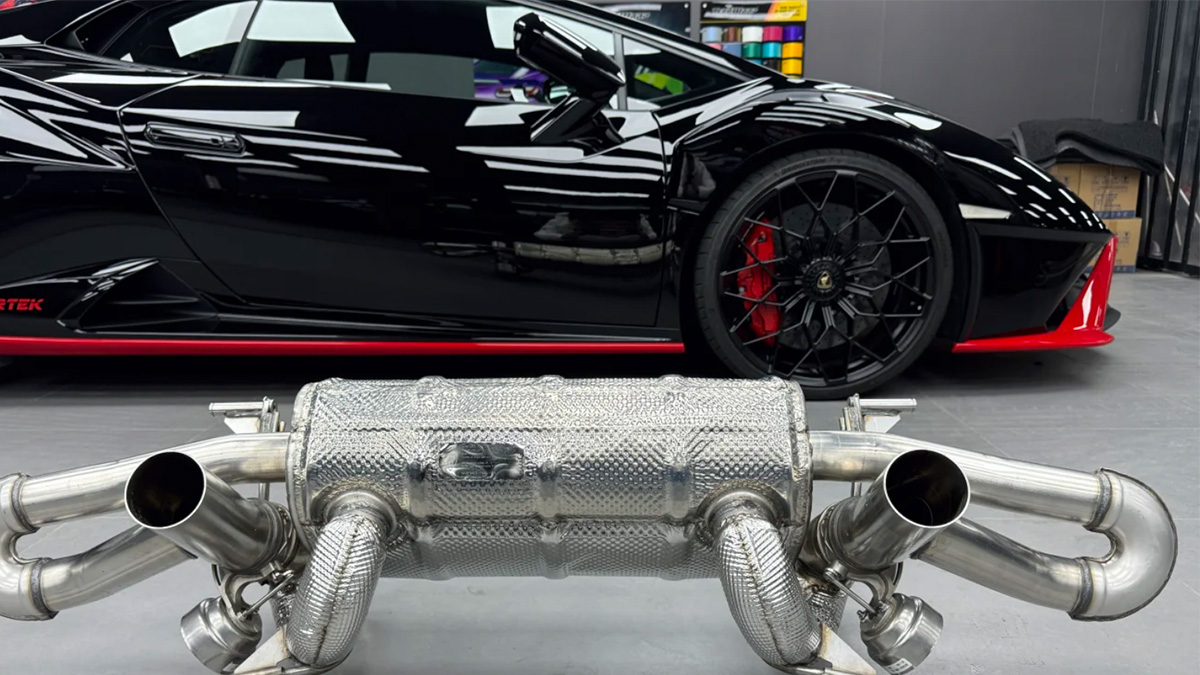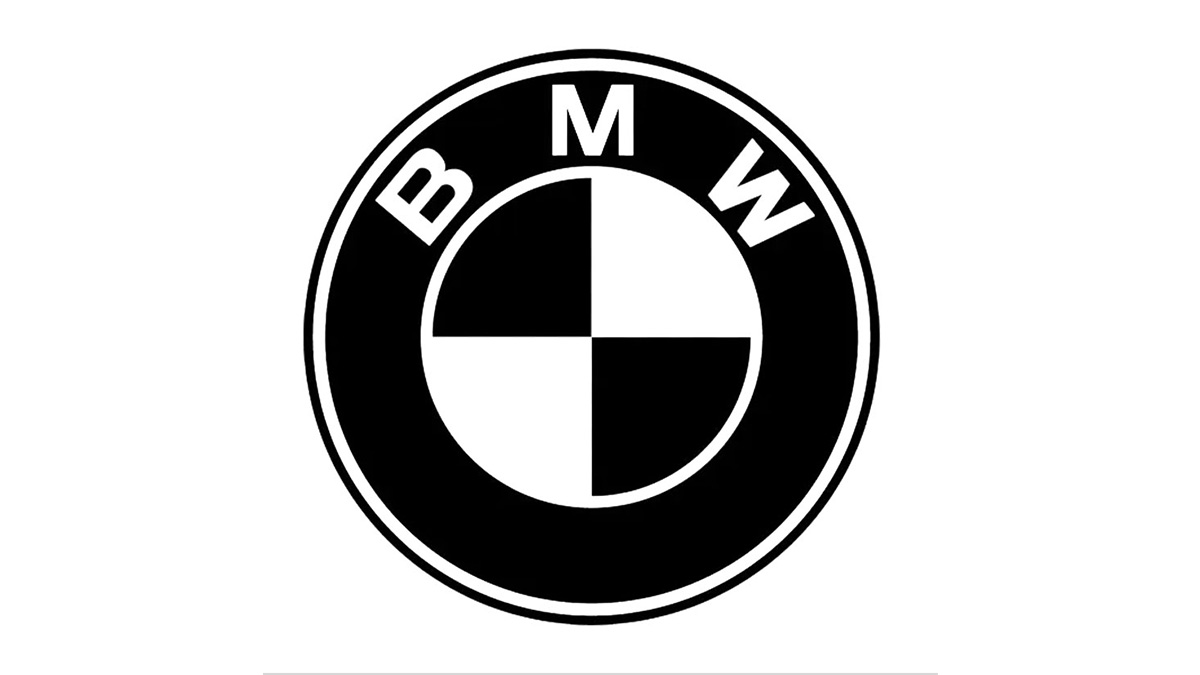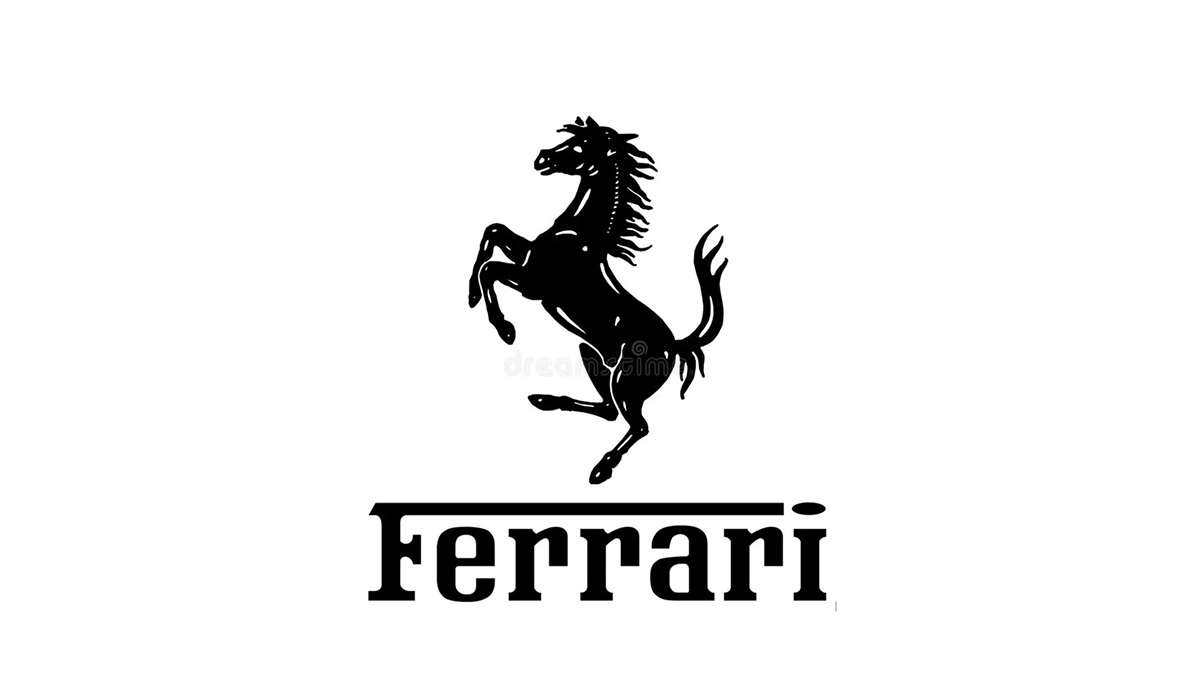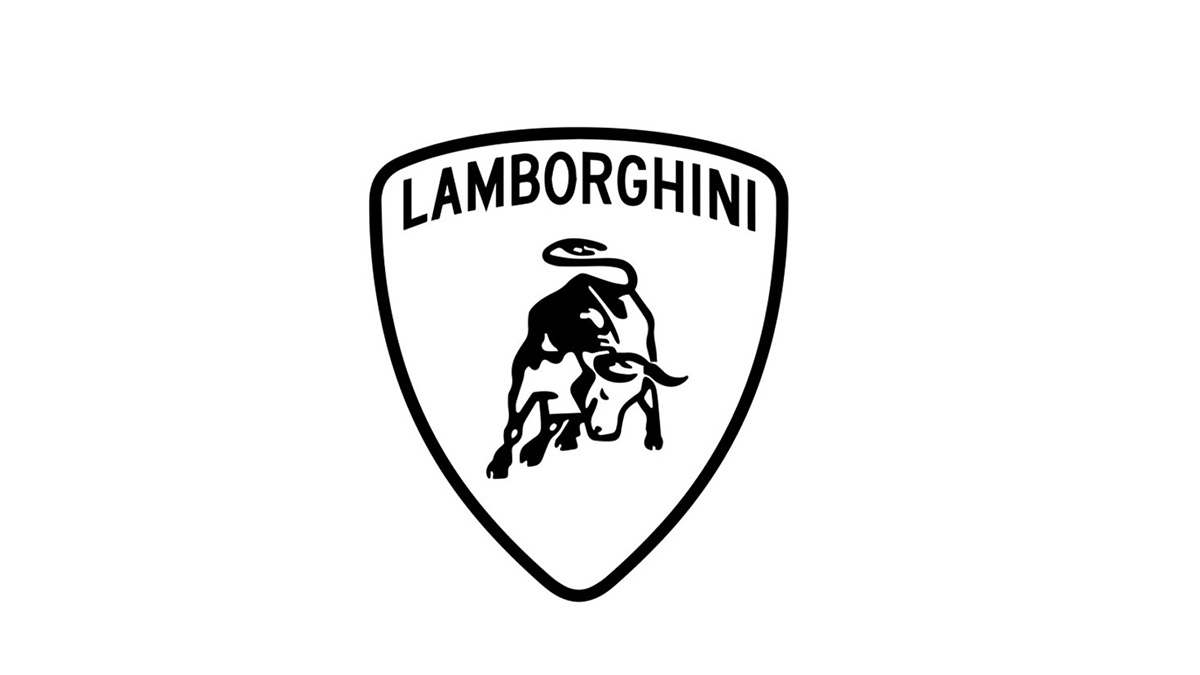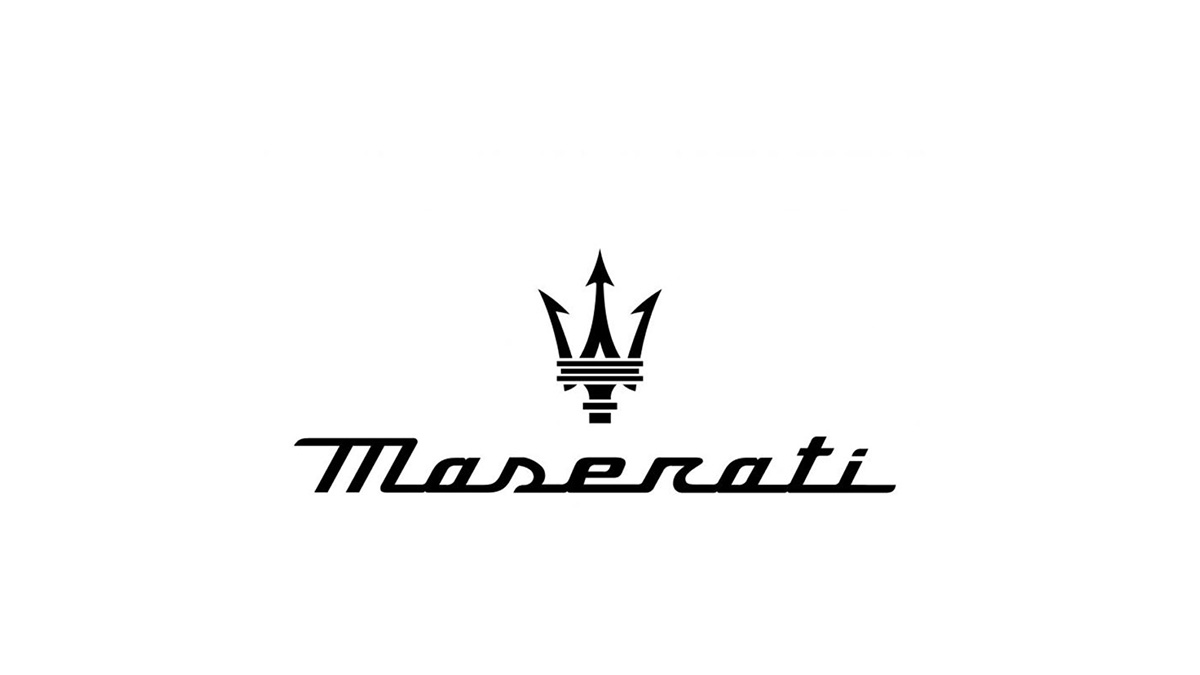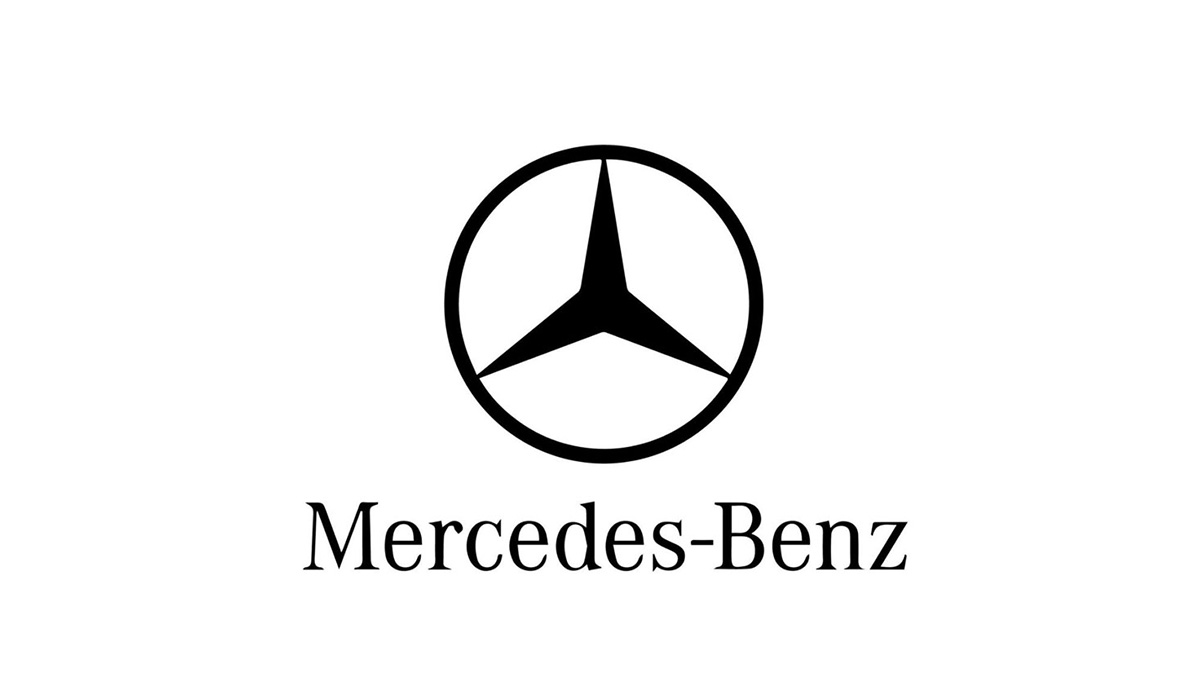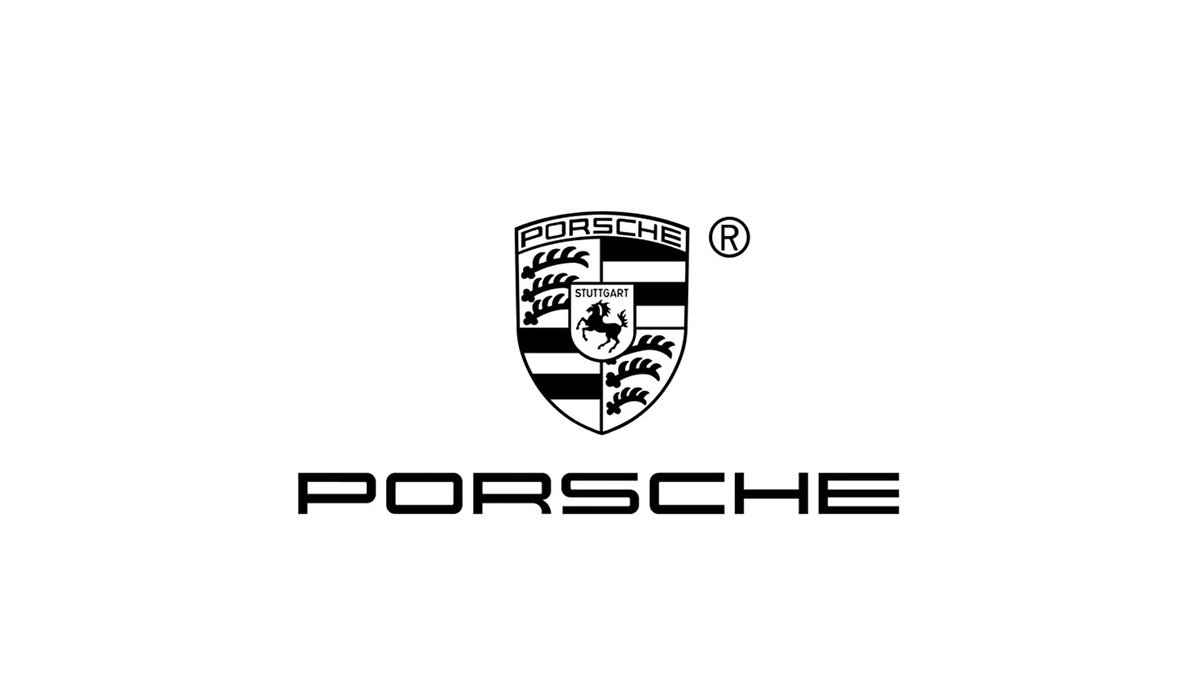How the 2025 Mercedes-Benz GLC 300 Compares to the BMW X3

Choosing between the 2025 Mercedes-Benz GLC 300 and the BMW X3 can feel like a tough call. Both luxury compact SUVs deliver sophistication, but they cater to slightly different tastes. The GLC 300 offers a sleek, modern design with a mild-hybrid system that boosts efficiency, while the BMW X3 leans into bold styling and slightly higher towing capacity. You’ll find premium features like heated seats and advanced infotainment in both, but the GLC’s ambient lighting and memory seating add a touch of extra luxury. When comparing price, the GLC 300 starts lower, making it a strong contender for value-conscious buyers.
A luxury SUV isn’t just about looks—it’s about performance, comfort, and long-term value. Whether you prioritize fuel economy, interior space, or cutting-edge tech, understanding these differences will help you pick the perfect ride.
Key Takeaways
The 2025 Mercedes-Benz GLC 300 has a fancy design and cool features. It’s great for people who like comfort and tech.
The BMW X3 feels sportier to drive and has more space for stuff. It’s good for those who want both fun and usefulness.
Both SUVs use mild-hybrid systems, but the GLC 300 saves more fuel with its turbo engine and hybrid tech.
Think about how you drive: the BMW X3 is better for city gas mileage, but both are the same on highways.
Try driving both cars to see which one fits your needs best.
Performance Comparison of the 2025 Mercedes-Benz GLC 300 and BMW X3
Engine Specifications
Power and Torque
When it comes to power, both the 2025 Mercedes-Benz GLC 300 and the BMW X3 pack a punch. The GLC 300 features a 2.0-liter turbocharged inline-4 engine that delivers 255 horsepower and 273 lb-ft of torque. On the other hand, the BMW X3 offers a similar 2.0-liter turbo inline-4 engine with 248 horsepower and 258 lb-ft of torque. While the difference in power might seem small, the GLC 300’s mild-hybrid system gives it a slight edge in efficiency and responsiveness.
Engine Options and Variants
Both SUVs offer mild-hybrid systems as standard, but if you’re looking for more variety, the BMW X3 provides additional trims with higher-performance engines. The GLC 300, however, focuses on refining its single engine option to deliver a smooth and consistent driving experience.
Fuel Economy
City and Highway MPG
Fuel efficiency is a key factor for many buyers. Here’s how the two SUVs compare:
Vehicle | City MPG | Highway MPG |
|---|---|---|
Mercedes-Benz GLC 300 | 22 | 29 |
BMW X3 | 25 | 29 |
If you do a lot of city driving, the BMW X3 might save you a bit more at the pump. However, both vehicles perform equally well on the highway.
Hybrid or Electric Options
For eco-conscious drivers, both the GLC 300 and BMW X3 offer plug-in hybrid variants. The GLC 300e combines a 2.0-liter turbocharged engine with an electric motor, producing 315 horsepower and 516 lb-ft of torque. The BMW X3 xDrive30e, on the other hand, delivers 288 horsepower and 310 lb-ft of torque. The GLC 300e accelerates slightly faster, reaching 0-60 mph in about 5.7 seconds compared to the X3’s 5.9 seconds.
Feature | BMW X3 xDrive30e | Mercedes-Benz GLC 300e |
|---|---|---|
Combined Horsepower | 288 hp | 315 hp |
Torque | 310 lb-ft | 516 lb-ft |
Electric-Only Range | Up to 30 miles | Up to 27 miles |
Driving Dynamics
Handling and Ride Comfort
The GLC 300 prioritizes comfort with its taller-profile tires and smaller wheels, giving you a smoother ride. If you’re after a sportier feel, the BMW X3’s responsive handling might win you over. It’s designed for drivers who enjoy a more engaging experience behind the wheel.
Off-Road Capabilities
Both SUVs handle light off-road conditions well, but neither is built for rugged terrain. The GLC 300’s suspension system absorbs bumps better, making it a great choice for uneven roads. The BMW X3, with its slightly higher towing capacity, might appeal to those who need to haul gear for outdoor adventures.
Exterior Design of the GLC 300 vs. BMW X3

Aesthetic Differences
Styling and Design Philosophy
When you compare the 2025 Mercedes GLC 300 and the BMW X3, their exterior designs reflect their brand identities. The GLC 300 leans into elegance with its softer, curvier lines and standard LED lighting. It feels refined and luxurious, staying true to Mercedes-Benz’s reputation for sophistication. On the other hand, the BMW X3 takes a bolder approach. Its sharper lines and aggressive stance give it a sportier, more rugged vibe. This design philosophy aligns with BMW’s focus on creating vehicles that exude strength and performance.
If you prefer a sleek and modern look, the GLC 300 might catch your eye. But if you’re drawn to a more masculine and adventurous aesthetic, the X3 could be your match.
Color and Trim Options
Both SUVs offer a variety of color and trim options to suit your style. The GLC 300 comes in shades like Starling Blue, MANUFAKTUR Patagonia Red, and classic Black, paired with interior trims like Red/Black or all-Black finishes. The BMW X3 also provides a range of colors, but its focus on sporty trims complements its rugged design. Whether you want a bold or understated look, both vehicles let you customize to your liking.
Dimensions and Practicality
Overall Size and Ground Clearance
Size matters when it comes to practicality, and here’s how the GLC 300 and X3 stack up:
Feature | Mercedes-Benz GLC 300 | BMW X3 xDrive30i |
|---|---|---|
Length | 4,656 mm (183.3 in) | 4,708 mm (185.3 in) |
Width | 1,890 mm (74.4 in) | 1,891 mm (74.4 in) |
Height | 1,644 mm (64.7 in) | 1,676 mm (66 in) |
Wheelbase | 2,873 mm (113.1 in) | 2,864 mm (112.8 in) |
Ground Clearance | 201 mm (7.9 in) | 204 mm (8 in) |
Cargo Capacity | 620 liters | 550 liters |
The GLC 300 offers a slightly longer wheelbase and more cargo space, making it a great choice for families or those who need extra room. The X3, with its higher ground clearance, might appeal to drivers who tackle uneven roads or light off-road conditions.
Towing Capacity and Roof Rails
Both SUVs match each other in towing capacity, with each capable of hauling up to 4,409 lbs. This makes them equally suitable for towing small trailers or recreational gear. Roof rails come standard on both models, adding versatility for carrying bikes, kayaks, or extra luggage.
Whether you prioritize cargo space or ground clearance, both the GLC 300 and X3 deliver practicality in their own ways.
Interior Features of the 2025 Mercedes-Benz GLC 300 and BMW X3

Comfort and Materials
Seating Quality and Adjustability
When it comes to seating, the 2025 Mercedes-Benz GLC 300 sets a high standard. Its MB-Tex synthetic upholstery mimics leather, offering durability and a premium feel. If you prefer genuine materials, you can upgrade to real leather and wood veneer accents. The GLC also includes three-position memory seats for both the driver and front passenger, making it easy to find and save your perfect seating position.
The BMW X3, while luxurious, falls slightly behind in this area. It offers two memory settings for the driver but lacks the same level of adjustability for the front passenger. However, the X3 compensates with a roomier footwell and a wider footrest, enhancing comfort during long drives.
Cabin Materials and Finishes
Both SUVs deliver high-quality interiors, but their approaches differ. The GLC 300 leans into elegance with soft-touch materials, wood veneer panels, and a clean, modern design. Meanwhile, the BMW X3 emphasizes functionality with a sporty aesthetic. Its cabin features intuitive controls and a more rugged feel, appealing to drivers who value practicality alongside luxury.
Technology and Infotainment
Display Screens and Interfaces
The GLC 300 and BMW X3 both shine in the tech department, but their systems cater to different preferences. The GLC 300 features a 10.25-inch touchscreen with the MBUX infotainment system, known for its user-friendly interface and vibrant graphics. It also includes touchpads on the steering wheel and voice commands for seamless control.
The BMW X3, on the other hand, boasts a larger 14.9-inch display. While impressive in size, its iDrive system can feel more complex to navigate. Gesture controls, like swiping to adjust volume, add a futuristic touch but may take some getting used to.
Feature | GLC 300 | BMW X3 |
|---|---|---|
Touchscreen Size | 10.25-inch | 14.9-inch |
Interface | Touchpad, steering wheel touchpads, voice commands | Gesture controls, complex climate control system |
Infotainment System | MBUX with intuitive interface | iDrive with complex layout |
Audio System | Burmester surround sound system | Harmon Kardon system |
Connectivity Features
Both SUVs support Apple CarPlay and Android Auto, ensuring you stay connected on the go. The GLC 300 takes it a step further with its advanced MBUX system, which feels more intuitive compared to the X3’s iDrive. Whether you’re streaming music or navigating, both vehicles keep you entertained and informed.
Storage and Space
Cargo Capacity
If you need space for gear or groceries, the GLC 300 edges out the X3. It offers 620 liters of cargo capacity, compared to the X3’s 550 liters. Fold the rear seats down, and the GLC expands to 1,680 liters—80 liters more than the X3. This makes the GLC a better choice for families or anyone who values extra storage.
Passenger Space and Legroom
The GLC 300’s longer wheelbase (2,888 mm) suggests more room inside, but the X3 surprises with better rear accommodations. Its backseat feels more spacious, and the third climate zone adds comfort for passengers. Up front, the X3’s lower center console creates a sense of openness, while the GLC focuses on a cozier, more intimate cabin design.
Both SUVs excel in their own ways, but your choice will depend on whether you prioritize cargo space or rear passenger comfort.
Pricing and Value of the GLC 300 and BMW X3
Base Price and Trims
Entry-Level Pricing
When it comes to pricing, the 2025 BMW X3 starts at $49,950, making it more affordable than the Mercedes-Benz GLC 300, which begins at $58,705. If you’re looking for an all-wheel-drive option, the GLC 300 4MATIC costs $60,585, while the BMW X3 xDrive30i remains at $49,950. This price difference might make the X3 more appealing if you’re shopping on a budget.
Cost of Higher Trims
For those seeking top-tier performance, the BMW X3 M50 xDrive is priced at $64,700. It offers a sportier driving experience and enhanced features. Mercedes-Benz counters with AMG models, but their pricing exceeds the X3 M50 xDrive, making the BMW a more cost-effective choice for high-performance enthusiasts.
Vehicle | Base Price |
|---|---|
2025 Mercedes-Benz GLC 300 | $58,705 |
2025 BMW X3 | $49,950 |
GLC 300 4MATIC | $60,585 |
X3 30 xDrive | $49,950 |
X3 M50 xDrive | $64,700 |
Optional Features and Packages
Add-Ons and Customization Options
Both SUVs let you personalize your ride with a variety of add-ons. The GLC 300 offers premium interior materials like MB-Tex synthetic leather or real leather with wood trim. Its MBUX infotainment system includes a 10.25-inch touchscreen, while exterior options range from LED lighting to 18-20 inch alloy wheels. The BMW X3 provides similar customization, with sporty design elements and gesture controls for its touchscreen.
Cost of Advanced Features
Higher trims of both models come packed with advanced features. The GLC 300 includes a Burmester surround sound system and a more luxurious cabin design. The BMW X3 offers a 12-speaker audio system and a spacious interior. While both vehicles deliver cutting-edge tech, the GLC 300 leans more toward luxury, while the X3 focuses on practicality.
Feature | Mercedes-Benz GLC 300 | BMW X3 |
|---|---|---|
Infotainment System | MBUX with 10.25-inch touchscreen | iDrive with 10.25-inch touchscreen |
Audio System | Burmester surround sound system | 12-speaker audio system |
Connectivity | Apple CarPlay, Android Auto | Apple CarPlay, Android Auto |
Interior Quality | Premium materials with a snazzier design | Spacious and refined interior |
Resale Value and Ownership Costs
Predicted Depreciation
Luxury SUVs often hold their value well, but the BMW X3 has a slight edge in predicted depreciation. Its lower starting price and strong brand reputation make it a safer bet for long-term value. The GLC 300, while luxurious, may depreciate faster due to its higher initial cost.
Maintenance and Warranty Coverage
Ownership costs include maintenance and insurance. The BMW X3 xDrive30e has an annual maintenance cost of $1,200 and insurance prices around $1,500. The Mercedes-Benz GLC 300e costs slightly more, with $1,300 for maintenance and $1,550 for insurance. Both vehicles come with competitive warranty coverage, ensuring peace of mind during ownership.
Vehicle | Annual Maintenance Cost | Insurance Prices |
|---|---|---|
BMW X3 xDrive30e | $1,200 | $1,500 |
Mercedes-Benz GLC 300e | $1,300 | $1,550 |
If you’re looking for a luxury SUV that balances affordability, customization, and long-term value, the 2025 BMW X3 might be the better choice. However, if you prioritize premium materials and advanced features, the GLC 300 justifies its higher price tag.
Both the 2025 Mercedes-Benz GLC 300 and BMW X3 bring unique strengths to the table, making them standout options in the luxury compact SUV market. The GLC 300 impresses with its 2.0L turbocharged engine, smooth nine-speed automatic transmission, and refined design featuring a bold grille and sleek body lines. Its 11.9-inch touchscreen and ambient lighting make it a favorite for luxury seekers and tech enthusiasts.
On the other hand, the BMW X3 blends sportiness and practicality. It offers a roomier backseat, easier cargo loading, and a reputation for driving enjoyment. Families will appreciate its thoughtful design and usability.
Ultimately, your choice depends on your priorities. If you value cutting-edge tech and upscale comfort, the GLC 300 is a great pick. If practicality and sporty performance are more your style, the X3 might be the better fit. Either way, taking both for a test drive will help you decide which one feels right for you.


